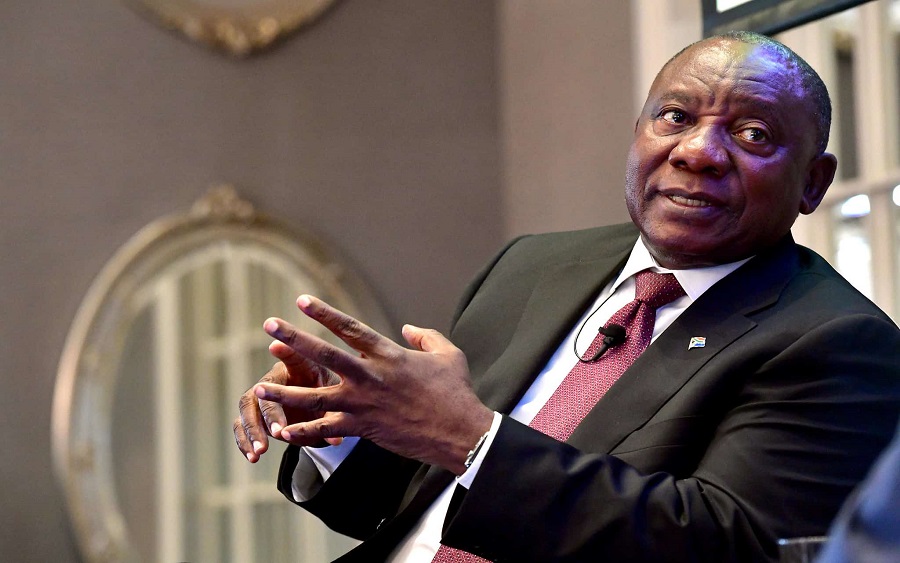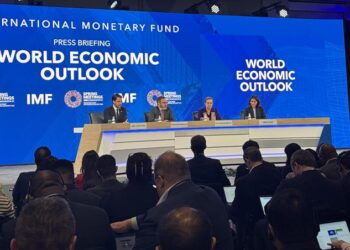South Africa’s annual consumer inflation reached its highest level in 13 years, increasing to 7.8% in July from 7.4% in June, which is the third consecutive month as underlying price pressure increased.
This is according to a statement posted on Statistics South Africa’s website today.
South Africa is currently experiencing the fastest inflation under Lesetja Kganyago’s time as governor of the central bank, and it is still at a level last seen during the global financial crisis.
Key highlights
The consumer price index (CPI) jumped by 1.5% between June and July this year. Based on Statistics SA, this was only the fourth time since 2008 that the monthly increase was 1.5% or higher.
- Food inflation increased by 9.7% year on year in July, up from 8.6% in June. Prices for bread and cereals were 13.7% higher than a year ago.
- Large monthly price increases were observed in a variety of products between June and July, including maize meal (4.2%), cake flour (6.3%), macaroni (5.0%), and white bread (2.8%).
- However, rice prices fell by more than 3%, while Oils and fats saw the biggest price hikes – up 36% in July from a year ago.
- Fuel prices increased by more than 10% in July. This had a particularly negative impact on transportation prices, with taxi charges rising by 9% in a single month. Taxis were 16% more expensive than a year ago. Petrol is now 56% more expensive than a year ago.
- Electricity bills climbed by 7.5% on average, which is lower than the 13.8% increase seen last year but higher than the 6.3% increase expected in 2020.
- However, service inflation (+4.2%) and durable goods prices (+4.8%) were substantially lower than non-durable goods inflation (14.4%), which is mostly driven by food.
- Core inflation, which excludes food, nonalcoholic beverages, fuel, and electricity, increased to 4.6%, exceeding the central bank’s target range of 3% to 6% for the first time in more than four years.






















